Should I use dry or fresh herbs? The answer depends on your dish and cooking method. Dry herbs are ideal for slow-cooked meals, while fresh herbs add brightness to raw or quick dishes. Here's how to choose the right one for every situation.
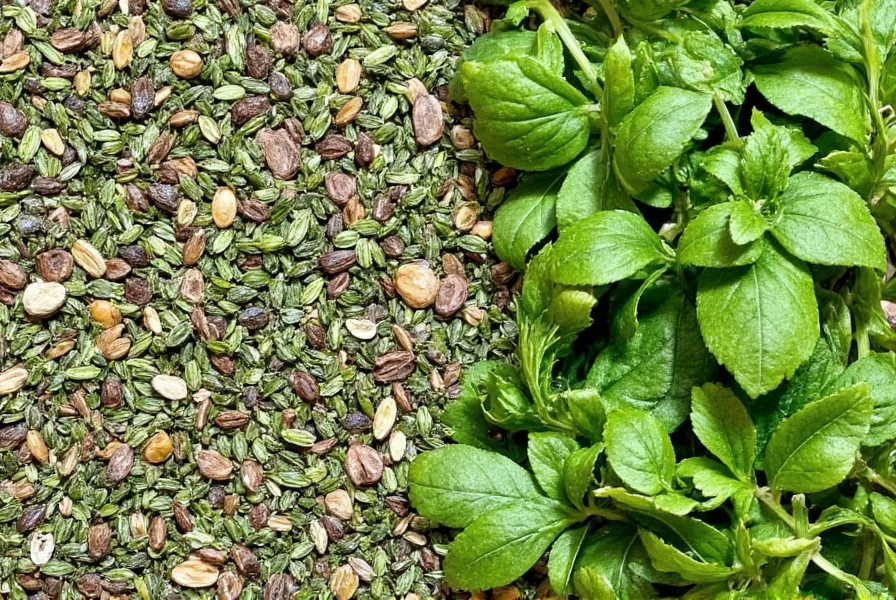
Table of Contents
- Understanding the Basics: Fresh vs Dry Herbs
- Flavor Face-Off: Which Packs a Punch?
- When to Use Each Type: Cooking Scenarios
- Storage & Shelf Life: Keep 'Em Fresh or Forever Fragrant
- Buying Guide: Choosing the Best Dried and Fresh Herbs
- Pro Tips: Using Herbs Like a Seasoned Chef
- FAQ: Your Herb Questions Answered
- Conclusion: Embrace Both Sides of the Herb Coin
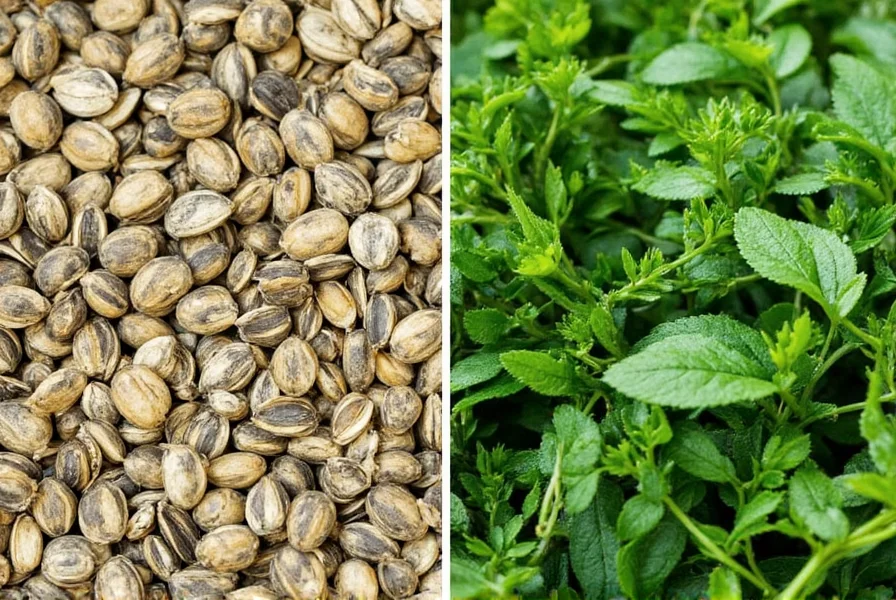
| Aspect | Fresh Herbs | Dried Herbs |
|---|---|---|
| Moisture Content | High | Low |
| Shelf Life | Days to weeks | Months to years |
| Best For | Garnish, delicate dishes, last-minute flavor | Cooking slowly, soups, stews, marinades |
| Flavor Intensity | Mild to bright | Concentrated |
| Common Varieties | Basil, Cilantro, Parsley | Oregano, Rosemary, Thyme |
Understanding the Basics: Fresh vs Dry Herbs
Let's start with the fundamentals:
- Fresh herbs are typically leafy greens harvested not long before they hit the market. Think parsley, cilantro, dill, and basil — these are usually sold fresh.
- Dried herbs, on the other hand, are those same plants after undergoing a dehydration process that removes moisture to preserve them for longer periods. Thyme, oregano, rosemary, and sage are commonly found in dried form.
Flavor Face-Off: Which Packs a Punch?
Now, let's get spicy. When it comes to flavor, both fresh and dried herbs bring something unique to the table.
- Fresh herbs have a more subtle, crisp taste. They add brightness and a touch of nature to your plate. Because their oils haven't been concentrated through drying, their flavor can be gentler — perfect for dishes where subtlety matters.
- Dried herbs offer a more intense, earthy punch. The drying process concentrates their essential oils, making them bold and aromatic. These are ideal for hearty dishes that require longer cooking times, allowing their flavors to infuse deeply.
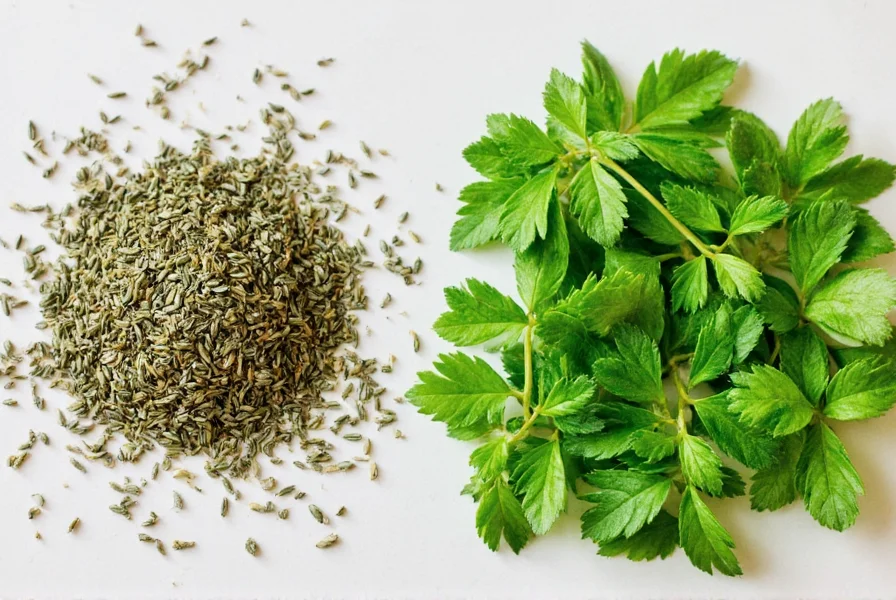
Rule of Thumb:
- If you want a fresh finish — like topping off a finished soup or garnishing tacos — go green.
- If you're simmering or roasting for hours — say, a slow-cooked chili or a rich stew — reach for the dried stuff.
When to Use Each Type: Cooking Scenarios
Here's a breakdown of when each type shines brightest:
| Situation | Recommended Herb Type | Why |
|---|---|---|
| Making salsa or chimichurri | Fresh | Needs bright, raw flavor |
| Preparing a pasta sauce from scratch | Fresh (toward end), Dried (start) | Dried builds foundation; fresh adds final zing |
| Slow cooker roast | Dried | Flavors intensify over time |
| Garnishing a cocktail | Fresh | Visual appeal and aroma matter |
| Baking savory breads | Dried | Consistent flavor without moisture issues |
Storage & Shelf Life: Keep 'Em Fresh or Forever Fragrant
Proper storage ensures your herbs don't turn into flavorless relics hiding in the back of your pantry or fridge.
Storing Fresh Herbs
- Bunches in water: Treat like cut flowers — trim stems and place in a glass of water, loosely covered with a plastic bag. Keeps for up to a week.
- Wrap and chill: Wrap herbs in damp paper towels and store in a sealed container in the fridge. Great for parsley, cilantro, and dill.
- Freezing: Chop and freeze in ice cube trays with olive oil. Perfect for basil, thyme, and rosemary.
Storing Dried Herbs
- Air-tight containers: Store in glass jars or spice tins away from light and heat.
- Label and date: Most dried herbs last about 1–3 years. After that, potency drops.
- Avoid humidity: Moisture is the enemy. Keep your spice rack away from the stove or sink.
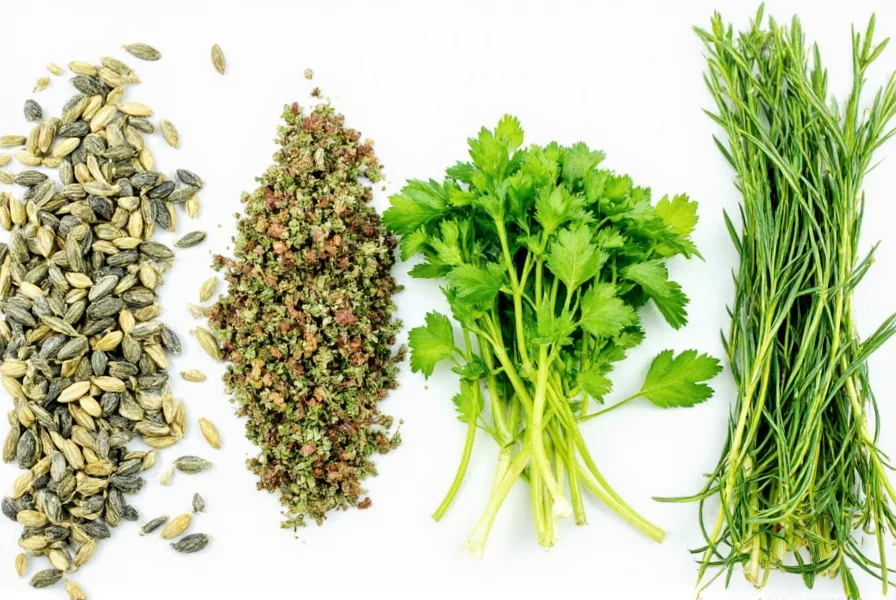
Buying Guide: Choosing the Best Dried and Fresh Herbs
Not all herbs are created equal. Here's what to look for when shopping:
For Fresh Herbs
- Vibrant color: Avoid anything yellowing or brown-spotted.
- Fragrant leaves: Crush a leaf between your fingers — if it smells like nothing, it probably tastes like nothing.
- Firm stems: Wilted or mushy bunches = not fresh.
For Dried Herbs
- Whole leaves vs powders: Whole dried leaves retain more flavor than ground versions.
- Color consistency: Dull or faded herbs = old herbs. Opt for rich, vibrant colors.
- Smell test: Rub a bit between your fingers — it should smell strong and true to the herb.
Top Picks for Must-Have Herbs
| Product Name | Type | Features | Use Cases | Target Audience |
|---|---|---|---|---|
| McCormick Culinary Oregano Leaves | Dried | Non-GMO, premium quality, consistent flavor | Pizza sauces, Italian dishes, marinades | Home cooks, restaurant chefs |
| Farmer's Market Basil Bunch | Fresh | Fragrant, organic, locally sourced | Pesto, caprese salad, garnish | Chefs, gourmet home cooks |
| Rainbow Herbs Mixed Pack | Fresh | Assorted variety including parsley, thyme, and rosemary | Experimentation, multi-purpose cooking | Casual cooks, foodies |
| Simply Organic Thyme Leaf | Dried | Organic certified, sustainable packaging | Slow-cooked stews, roasted meats | Health-conscious cooks |
Pro Tips: Using Herbs Like a Seasoned Chef
Want to really elevate your herb game? Here are some insider tricks:
- Add fresh herbs at the end: Toss chopped basil or cilantro onto a finished dish to preserve their delicate flavor.
- Toast dried herbs: Lightly crush and toast them in a dry pan before using. It releases extra aroma!
- Make your own blends: Mix rosemary, thyme, and sage for a homemade poultry seasoning. Or create a lemon-herb mix with dried dill and chives.
- Don't overdo it: A little goes a long way with dried herbs — they're stronger than fresh. Start small and adjust as you go.
- Grow your own: If space allows, keep a few pots of basil, mint, or parsley on your windowsill. It's cost-effective and satisfying.
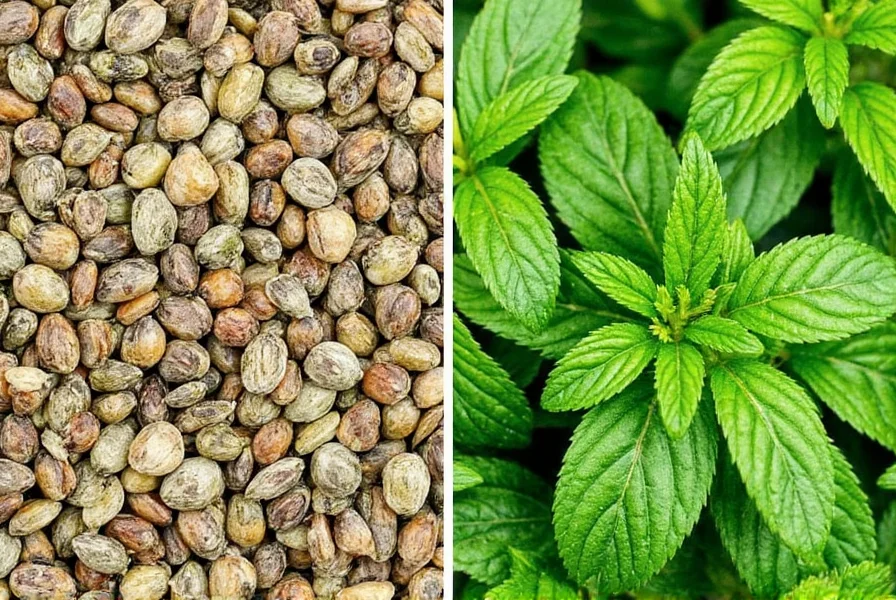
Frequently Asked Questions About Dry vs Fresh Herbs
What's the conversion ratio between dried and fresh herbs?
As a general rule, use 1 part dried herbs for every 3 parts fresh herbs. So if a recipe calls for 1 tablespoon of fresh herbs, use 1 teaspoon of dried herbs instead. The drying process concentrates the flavor, making dried herbs more potent.
Can I substitute dried herbs for fresh (and vice versa)?
Yes, but with adjustments. When substituting dried for fresh, use one-third the amount. When substituting fresh for dried, triple the quantity. Remember that some herbs like basil, cilantro, and parsley lose their delicate flavors when dried, so substitutions aren't always ideal.
Which herbs are best used fresh?
Delicate herbs like basil, cilantro, parsley, dill, tarragon, and mint are generally best used fresh. These herbs have volatile oils that diminish significantly when dried, losing much of their distinctive flavor.
Which herbs work better dried?
Heartier herbs like oregano, rosemary, thyme, and sage actually develop more complex flavors when dried. Their essential oils are more stable during the drying process, and their flavor intensifies in long-cooking dishes.
Do dried herbs ever go bad?
Dried herbs don't technically spoil, but they lose potency over time. Most dried herbs maintain good flavor for 1-3 years if stored properly in airtight containers away from light and heat. After this time, they'll still be safe to eat but won't provide much flavor.
Why do some recipes call specifically for fresh or dried herbs?
Recipes specify based on how the herb's flavor will develop during cooking. Fresh herbs provide bright, delicate notes best added at the end of cooking, while dried herbs need time to rehydrate and release their concentrated flavors, making them ideal for dishes with longer cooking times.
Conclusion: Embrace Both Sides of the Herb Coin
So, which is better — dry vs fresh herbs? The truth is, there's no single winner. Each brings something special to your culinary creations. Fresh herbs give life and vibrancy, while dried herbs offer depth and resilience.
The best approach? Have both on hand and learn when to use each. That way, whether you're throwing together a quick stir-fry or simmering a complex stew, you'll always have the right tool for the job.
Next time you're planning a recipe or reaching for that spice jar, remember: it's not about choosing one over the other — it's about mastering how to work with both. Happy cooking!
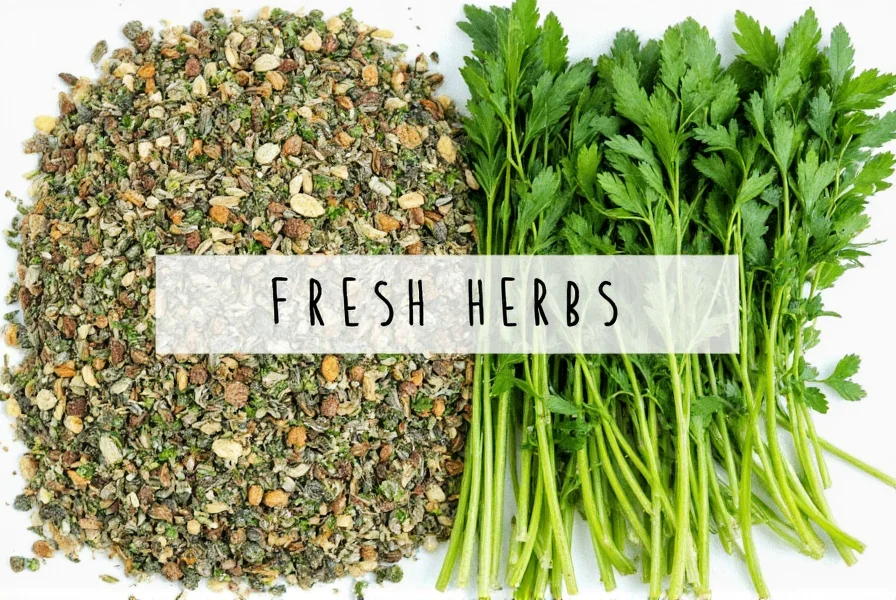

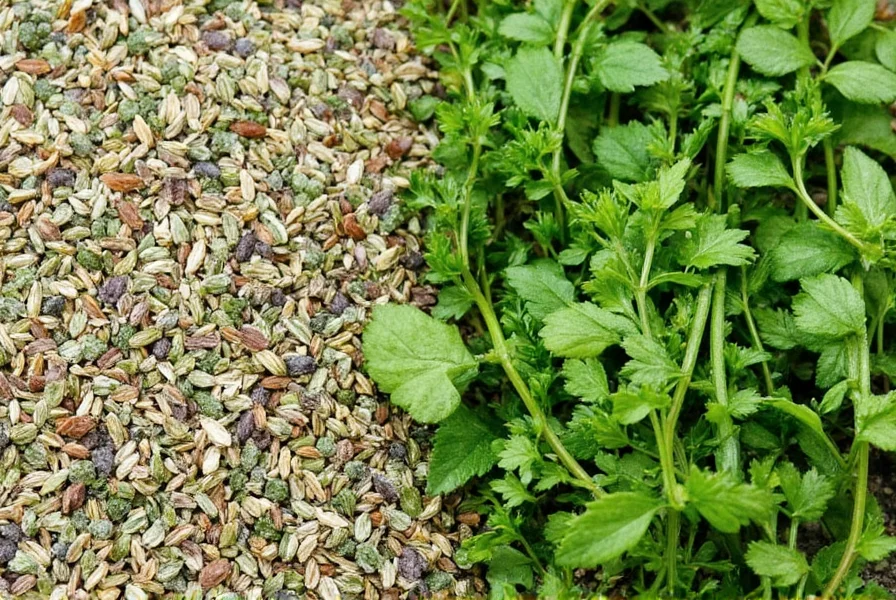









 浙公网安备
33010002000092号
浙公网安备
33010002000092号 浙B2-20120091-4
浙B2-20120091-4